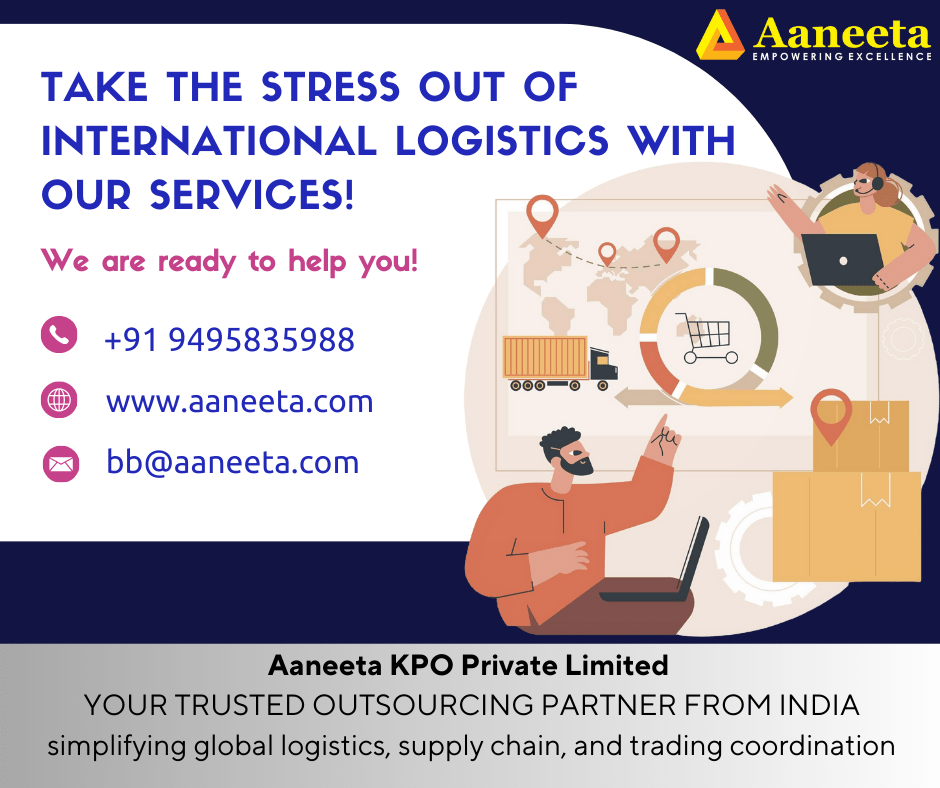In today’s fast-paced global trade environment, efficient logistics and supply chain management play a crucial role in ensuring business success. However, many companies struggle with logistics bottlenecks that slow down operations, increase costs, and impact customer satisfaction. From port congestion and shipping delays to regulatory hurdles and inventory mismanagement, these challenges can disrupt even the most well-planned supply chains.
But there’s good news—solutions are available to help businesses overcome these obstacles and achieve smooth, hassle-free logistics operations.
Understanding Logistics Bottlenecks
A logistics bottleneck occurs when one part of the supply chain experiences delays or inefficiencies, affecting the entire system. Some of the most common issues include:
- Port Congestion: Overloaded ports lead to long waiting times and delayed shipments.
- Regulatory Delays: Customs clearance and documentation issues can hold up goods for days or even weeks.
- Unoptimized Shipping Routes: Poor planning leads to increased transit times and higher transportation costs.
- Limited Visibility: Without real-time tracking, businesses struggle to predict and manage delays effectively.
- Inventory Management Issues: Stock shortages or overstocking can result in financial losses and disrupted operations.
How Businesses Can Overcome Logistics Challenges
Fortunately, there are proven strategies to streamline supply chain processes and minimize disruptions:
1. Smart Route Planning & Alternative Ports
One of the biggest challenges in logistics is dealing with congested ports and inefficient transportation routes. Businesses can mitigate this issue by:
✔ Using alternative ports to reduce waiting times.
✔ Optimizing shipping routes with advanced AI-powered analytics.
✔ Diversifying transport modes (air, sea, road, and rail) for better flexibility.
2. Digital Integration & Real-Time Tracking
Limited visibility over shipments leads to uncertainty and delays. Implementing real-time tracking and digital management systems ensures:
✔ Instant updates on cargo location and estimated arrival times.
✔ Faster response times to unexpected disruptions.
✔ Better coordination between suppliers, transporters, and customers.
3. Efficient Documentation & Compliance Management
Delays in customs clearance often stem from incomplete or incorrect documentation. Businesses can:
✔ Use digital platforms to automate paperwork and reduce errors.
✔ Stay updated with changing trad e regulations and compliance requirements.
✔ Work with experienced logistics partners to facilitate smooth customs clearance.
4. Smart Inventory Management
Efficient stock control is essential to prevent supply chain disruptions. Companies can enhance inventory management by:
✔ Implementing demand forecasting to maintain optimal stock levels.
✔ Using warehouse automation for faster and more accurate order fulfilment.
✔ Establishing backup supply sources to avoid unexpected shortages.
A Future-Ready Approach to Logistics
By adopting these strategies, businesses can significantly reduce logistics bottlenecks, improve operational efficiency, and maintain customer satisfaction. In today’s competitive market, seamless logistics is not just an advantage—it’s a necessity.
With the right logistics solutions, companies can ensure smooth supply chain operations, cost savings, and faster deliveries, making their businesses more resilient and future-ready.



